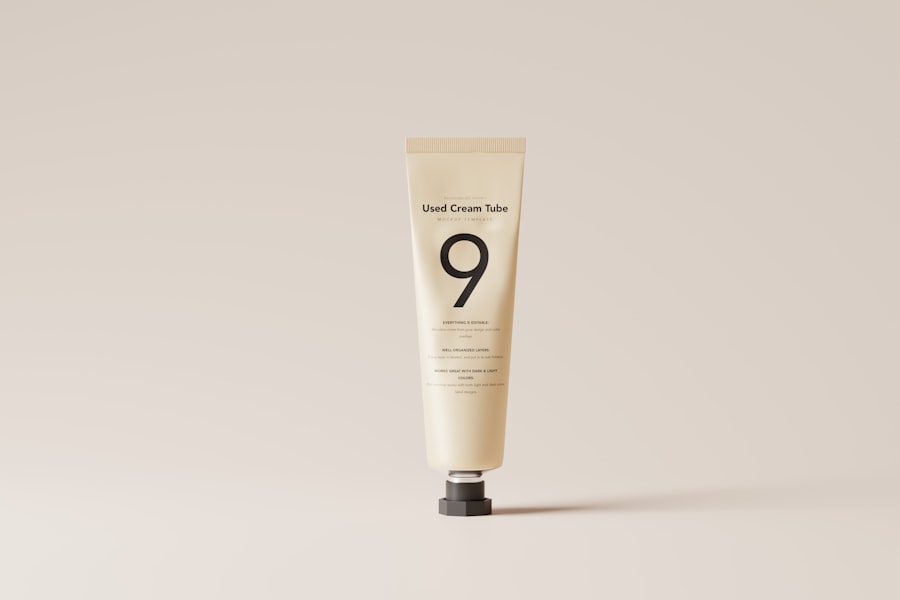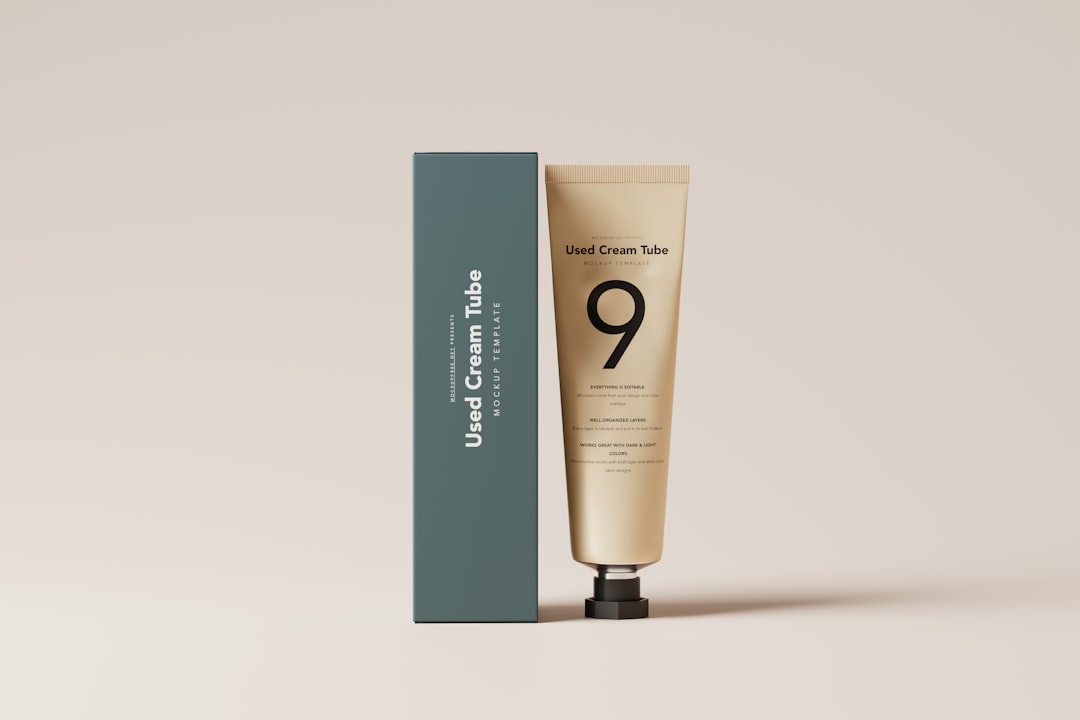After undergoing laser hair removal, one of the most crucial steps you can take is to keep the treated area clean and well-moisturized. This not only aids in the healing process but also helps to minimize any potential irritation or discomfort that may arise post-treatment. You should gently cleanse the area with a mild, fragrance-free soap to remove any residual products or impurities.
Avoid using harsh scrubs or exfoliants, as these can aggravate the skin and lead to unwanted side effects. Instead, opt for a soft cloth or your hands to apply the cleanser, ensuring that you treat your skin with care. Moisturizing is equally important in maintaining the health of your skin after laser hair removal.
A good moisturizer can help soothe any redness or sensitivity that may occur following the procedure. Look for products that contain soothing ingredients like aloe vera, hyaluronic acid, or glycerin, as these can provide hydration without causing irritation. Applying a moisturizer regularly will not only keep your skin supple but also create a barrier that protects it from environmental factors.
Remember, consistency is key; make it a part of your daily routine to ensure optimal results and comfort.
Key Takeaways
- Keep the treated area clean and moisturized to promote healing and prevent infection
- Avoid sun exposure and use sunscreen to protect the treated area from potential damage
- Do not pick or scratch the treated area to prevent irritation and scarring
- Avoid hot showers and baths to minimize irritation and sensitivity in the treated area
- Follow up with your laser hair removal technician for any concerns or questions about the treatment
Avoid sun exposure and use sunscreen
Staying Out of Direct Sunlight
To protect your skin, try to stay out of direct sunlight for at least two weeks following your treatment. If you must be outdoors, seek shade whenever possible and wear protective clothing to cover the treated area.
Using Sunscreen for Protection
In addition to avoiding sun exposure, using a broad-spectrum sunscreen is vital for safeguarding your skin. Choose a sunscreen with an SPF of at least 30, and apply it generously to the treated area before heading outside. Reapply every two hours, especially if you are sweating or swimming.
Preventing Long-term Damage
This will not only help prevent sunburn but also protect against long-term skin damage. By taking these precautions, you can ensure that your skin heals properly and that you achieve the best possible results from your laser hair removal treatment.
Do not pick or scratch the treated area

It can be tempting to touch or scratch the treated area, especially if you experience some itching or irritation after your laser hair removal session. However, it is crucial that you resist this urge. Picking or scratching can disrupt the healing process and lead to complications such as scarring or infection.
Instead of giving in to the temptation, try to distract yourself with other activities or apply a soothing cream to alleviate any discomfort you may be feeling. If you find that the treated area is particularly bothersome, consider using cold compresses or ice packs wrapped in a cloth to help reduce inflammation and soothe your skin. This method can provide immediate relief without compromising the integrity of the treatment.
Remember that patience is key; your skin will heal over time, and avoiding any unnecessary trauma will help ensure that you achieve the smooth results you desire. For more information on the importance of avoiding picking or scratching the treated area after laser hair removal, you can visit the American Academy of Dermatology website.
Avoid hot showers and baths
| Benefits of Avoiding Hot Showers and Baths |
|---|
| 1. Preserves natural oils in the skin |
| 2. Reduces dryness and irritation |
| 3. Helps maintain skin’s natural pH balance |
| 4. Prevents stripping away of skin’s protective barrier |
| 5. Can improve overall skin health |
After your laser hair removal treatment, it’s advisable to avoid hot showers and baths for a period of time. Hot water can exacerbate any redness or irritation in the treated area, making it uncomfortable and potentially hindering the healing process. Instead, opt for lukewarm water when bathing or showering.
This will help keep your skin comfortable while still allowing you to maintain proper hygiene. Additionally, consider limiting the duration of your showers during this time. Prolonged exposure to water can further irritate sensitive skin, so aim for shorter showers and avoid soaking in hot tubs or pools until your skin has fully healed.
If you enjoy baths, try adding soothing ingredients like oatmeal or Epsom salts to lukewarm water for a calming effect without the heat. By being mindful of your bathing habits, you can promote healing and ensure that your skin remains in optimal condition.
Follow up with your laser hair removal technician for any concerns
Maintaining open communication with your laser hair removal technician is essential for ensuring a successful outcome from your treatment. If you have any concerns or questions about the healing process, don’t hesitate to reach out to them. They are trained professionals who can provide valuable insights and guidance tailored specifically to your situation.
Whether you’re experiencing unexpected side effects or simply want reassurance about what you’re experiencing, they are there to help. Regular follow-ups can also help track your progress and address any issues before they escalate. Your technician may recommend additional treatments or adjustments based on how your skin responds post-procedure.
By staying engaged in your care and following their advice, you can maximize the effectiveness of your laser hair removal sessions and achieve smoother skin in the long run. Remember, proactive communication is key; don’t wait until something becomes a bigger issue before seeking assistance. In conclusion, taking care of your skin after laser hair removal is paramount for achieving the best results possible.
Each of these steps plays a vital role in ensuring that your skin heals properly and that you enjoy the benefits of smooth, hair-free skin for years to come. Embrace this journey with patience and diligence; your efforts will undoubtedly pay off in the end.
After undergoing laser hair removal treatment, it is crucial to follow proper aftercare tips to ensure the best results. One helpful article that provides detailed information on laser hair removal aftercare tips can be found at https://www.inlaserhairremoval.com/home-fashion/. This article offers valuable advice on how to care for your skin post-treatment, including avoiding sun exposure, using gentle skincare products, and staying hydrated. By following these tips, you can help maintain the effectiveness of your laser hair removal treatment and achieve smooth, hair-free skin.
FAQs

What is laser hair removal?
Laser hair removal is a cosmetic procedure that uses a concentrated beam of light (laser) to remove unwanted hair. The laser targets the pigment in the hair follicles, damaging them and inhibiting future hair growth.
What are some common aftercare tips for laser hair removal?
Some common aftercare tips for laser hair removal include avoiding sun exposure, using gentle skincare products, avoiding hot showers and saunas, and avoiding excessive sweating or friction on the treated area.
How long does it take for the skin to recover after laser hair removal?
The skin may take a few days to a couple of weeks to fully recover after laser hair removal, depending on the individual’s skin type and the intensity of the treatment. It is important to follow the aftercare instructions provided by the practitioner to ensure proper healing.
Can I shave or wax after laser hair removal?
It is recommended to avoid shaving or waxing the treated area for a few weeks after laser hair removal to allow the skin to heal properly. After that time, shaving is generally safe, but waxing should be avoided as it can disrupt the hair growth cycle targeted by the laser.
Are there any potential side effects of laser hair removal?
Some potential side effects of laser hair removal may include redness, swelling, and temporary discomfort in the treated area. In rare cases, blistering, scarring, or changes in skin pigmentation may occur. It is important to discuss potential risks with a qualified practitioner before undergoing treatment.






